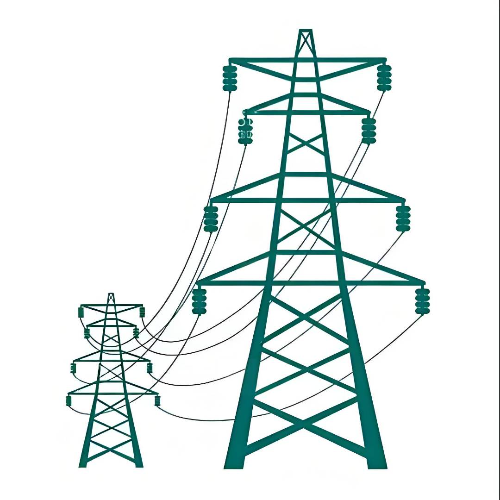What are the production processes of special transformers?
Leon
07/28/2025
Hello! I'm Leon, with 20 years of extensive experience in the power industry. My expertise spans from power distribution equipment to grid operations and maintenance, grounded in robust hands-on and theoretical knowledge. Currently, I focus on sharing insights into electrical equipment fault diagnosis, demystifying complex technical challenges through accessible explanations. I welcome collaboration with industry peers and enthusiasts to collectively explore the intricacies of the power sector.
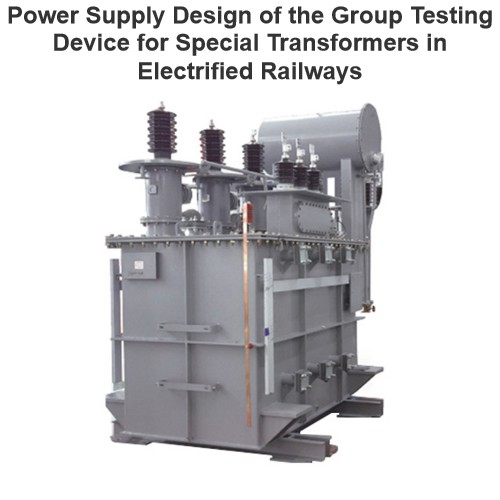
Power Supply Design of the Group Testing Device for Special Transformers in Electrified Railways
1 Hardware Design of Tester Power SupplyThis device uses a standard small - signal generating device to generate small - current signals with the required frequency and phase angle. Then, through the amplifying circuit and phase - modulating circuit, the working power supply is generated.1.1 Power Frequency Sine Wave Small - Current Signal Generating DeviceThe sine wave generating circuit is mainly composed of the waveform generating chip MAX038 produced by MAXIM Corporation of the United States
Ron
07/28/2025
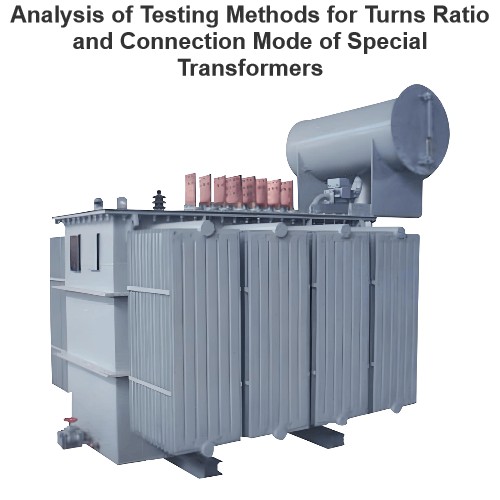
Analysis of Testing Methods for Turns Ratio and Connection Mode of Special Transformers
1 Error Analysis of Traditional Turn Ratio Testing MethodsThe QJ35 turn ratio bridge and other single-phase-phase-based testers all use the double-voltmeter principle. The QJ35, however, eliminates power supply fluctuation interference via bridge balance. For three-phase transformer ratio testing with a single power supply, corresponding terminals must be shorted and data converted, turning three-phase tests into independent single-phase measurements, with √3 Yd conversion based on connect
Felix Spark
07/28/2025
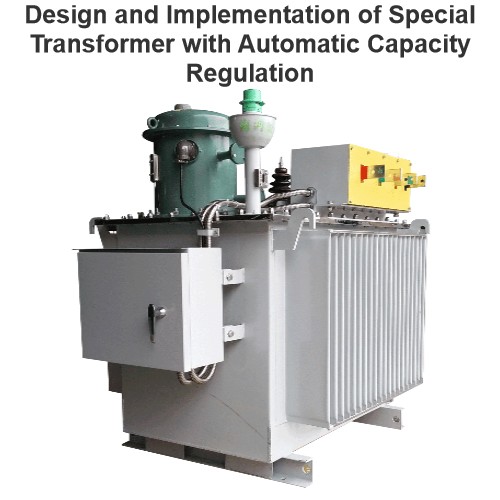
Design and Implementation of Special Transformer with Automatic Capacity Regulation
1. IntroductionEnergy is essential for societal operation and development. To meet national energy - conservation and emission - reduction policies, improving resource utilization—critical for power enterprises—is necessary. Multi - stage rural grid upgrades drive distribution transformer development. Despite high efficiency, widespread transformers still face significant overall losses due to capacity and usage issues; 70% of medium - and low - voltage grid losses come from distribu
Ron
07/26/2025
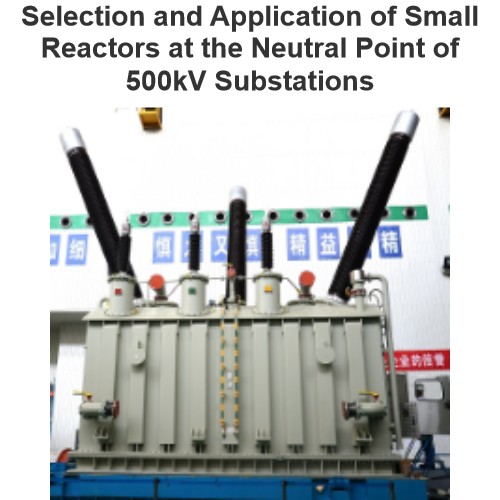
Selection and Application of Small Reactors at the Neutral Point of 500kV Substations
1 Relevant Theories of Small Neutral Point Reactors in 500kV Substations1.1 Definitions and RolesA reactor is a key power system component that controls the phase relationship between AC current and voltage, divided into inductive and capacitive types. Inductive reactors limit short-circuit currents and improve stability; capacitive ones enhance transmission efficiency and voltage quality. A small neutral point reactor is a specialized type connected between a three-phase system's neutral point
Echo
07/25/2025
